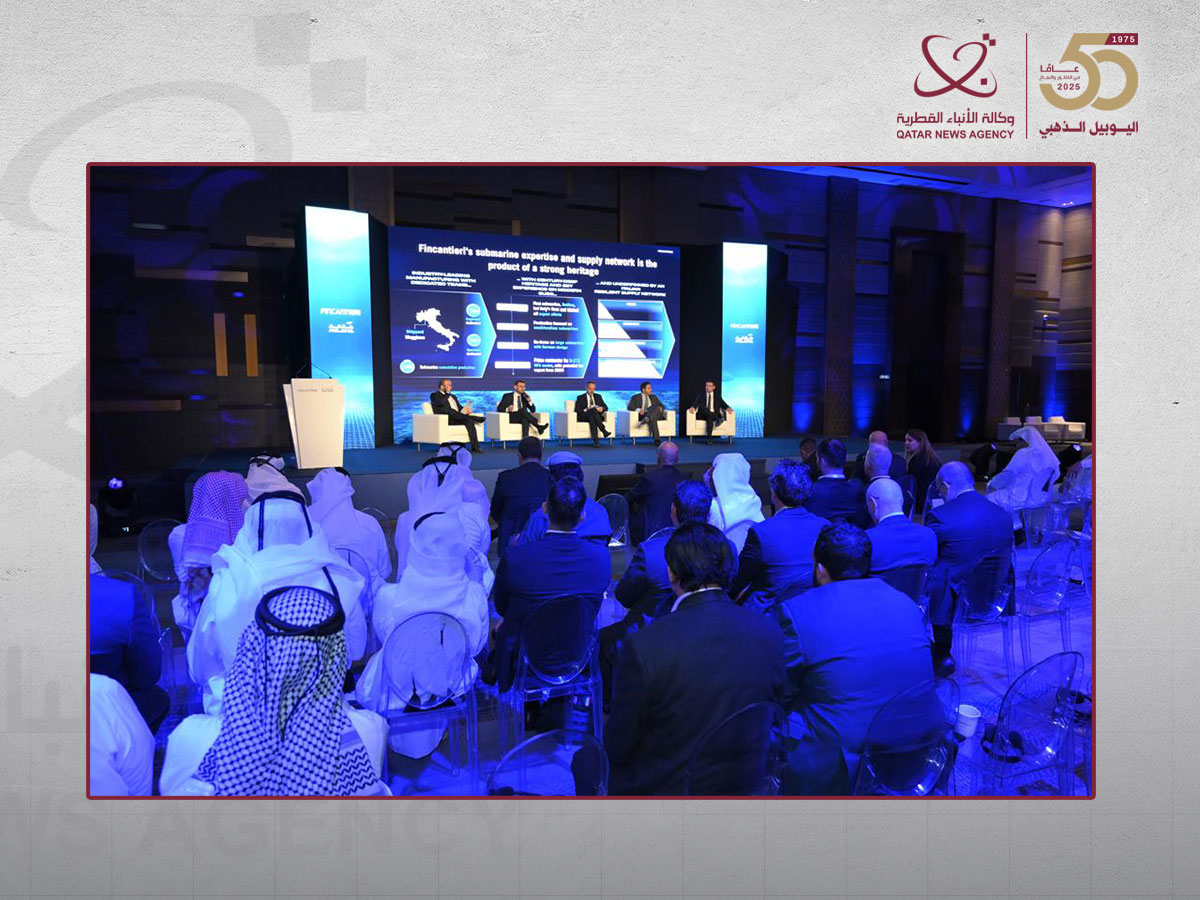Doha, May 17 (QNA) - QNB's weekly note said that copper prices will likely not be affected by cyclical macro pressures, thanks to strong supporting factors such as cheap relative prices, support from foreign exchange markets, and a favorable supply-demand balance dominated by long-term industrial trends.
The weekly report noted that commodities are the cornerstone of the global economy, as they fuel the tangible processes that support the physical aspects of modern life.
Within the broader category of commodities, copper holds a prominent position as the most traded base metal in the world.
Thanks to its unmatched properties as an efficient conductor of electricity and its wide range of uses, copper is an indispensable element in many industries, including construction, infrastructure, transportation, and durable goods.
The report said that, in addition to its industrial benefits, copper prices have long served as a forward-looking indicator of economic momentum.
Since shifts in copper demand often precede broader changes in economic activity, market participants consider it a gauge of investment trends and cyclical turning points.
These predictive qualities have earned copper great importance, to the extent that some have dubbed it "Dr. Copper" due to its active role in identifying economic trends, as if it were an expert with a PhD in economics.
Copper prices have significantly exceeded their historical trading range, now reaching about $4.6 per pound, a clear jump that surpasses the previous peaks seen after the global financial crisis and during the post-COVID investment boom.
This rise is especially notable given the recent deterioration in global growth prospects following the tariffs imposed by the Trump administration, which were expected to dampen demand. Instead, copper’s resilience confirms the strength of deeper structural factors.
The report attributed the strong demand for copper and the persistence of its high prices in the coming years to three main factors.
The first is that various relative value indicators point to significant potential for copper price increases. Despite recent nominal gains, copper prices remain about 13% lower in real terms (adjusted for US CPI inflation) compared to their peak in 2008 during the global financial crisis.
This sharply contrasts with the strong real increases seen in other metals such as gold, palladium, and silver, where copper’s trajectory has more closely resembled that of the broader commodity mix, which has also suffered from a significant decline in real energy prices.
This suggests that copper is relatively cheap and could experience a substantial price increase before any drop in demand occurs.
The second factor cited in the report relates to foreign exchange rate dynamics, which provide additional support for copper prices.
Historically, copper has shown a strong inverse relationship with the US dollar, it typically rises when the dollar weakens and falls when it strengthens.
The US dollar has already declined by more than 7.8% against a basket of major currencies since the beginning of the year.
Furthermore, the report explained that despite this sharp decline in value, currency valuations still indicate that the US dollar is overvalued by about 18%, suggesting there is further room for its depreciation in the future.
A weaker US dollar would enhance global purchasing power for dollar-denominated commodities like copper, stimulating demand and providing additional price support.
In analyzing the third factor, the report expressed a view that copper scarcity in the medium and long term paves the way for structurally higher prices.
On the demand side, copper consumption is set to accelerate sharply, driven not only by established trends in electrification and infrastructure but increasingly by the explosive growth in technologies related to artificial intelligence.
The rapid pace of building data centers, high-performance computing clusters, and energy-intensive digital infrastructure is leading to a significant increase in electricity demand, which in turn amplifies the need for copper across grids and transmission systems. On the supply side, constraints persist.
The report noted that inventories are hovering near historic lows, and capital spending by major copper mining companies remains delayed, constrained by complex permitting processes, rising geopolitical risks, and investor pressure to maintain capital discipline.
This supply-demand imbalance is likely to force prices upward to incentivize the next wave of production. Copper’s importance is further strengthened by its unique role in enabling the foundational infrastructure for both the energy transition and the artificial intelligence revolution, underscoring its continued strong performance in the years ahead. (QNA)
.png)
 6 months ago
52
6 months ago
52





















